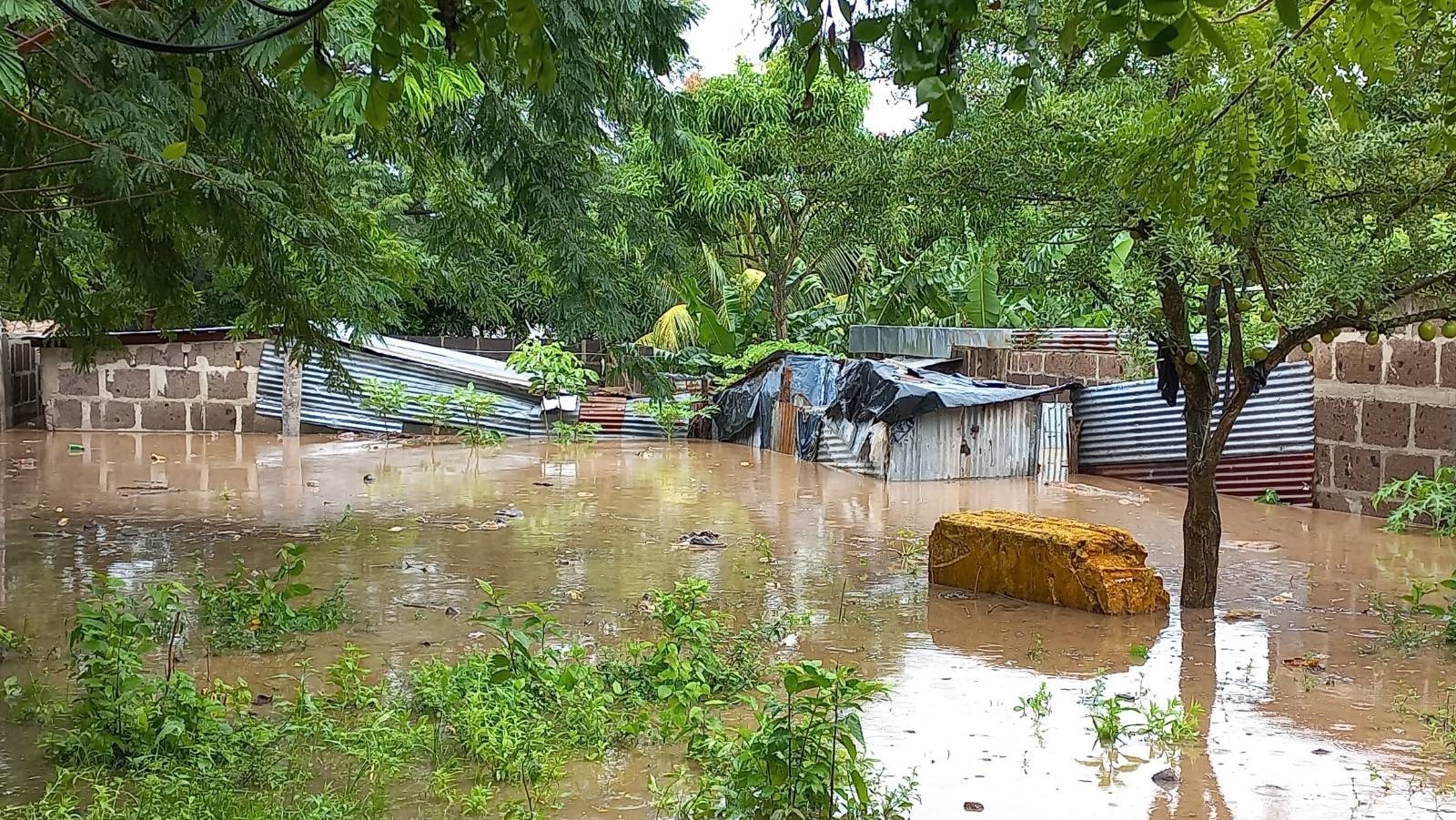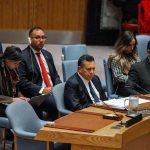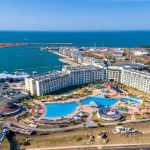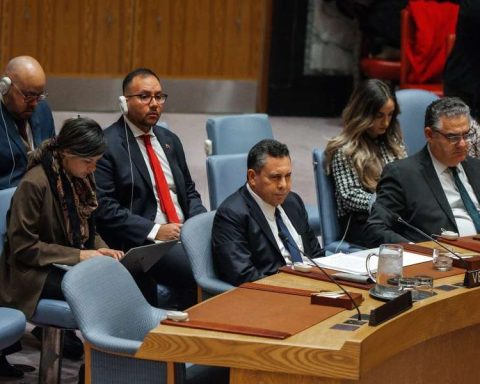The Sandinista government calculates between 160 and 200 million dollars the damage caused by Cyclone Julia last Sundaywhen it hit with the force of a hurricane on the Saffir-Simpson scale and its subsequent passage into the category of tropical storm, according to a preliminary report released on the night of Wednesday, October 13, in official media.
In addition, the regime of Daniel Ortega and Rosario Murillo insists that there was no “human casualties”; sHowever, Sandinista mayors, the Nicaraguan Army, official and local media They have documented the death, up to October 12, of five people in Estelí, Boaco, Jinotega and Mulukukú, in the North Caribbean. The reports state that four of these people died after being dragged by the currents of overflowing rivers and streams, and one after being hit by a tree that fell due to strong gusts of wind.
Preliminary damage report was presented to representatives of United Nations cooperation agencies. The presentation was in charge of representatives of institutions and ministries of the State of Nicaragua.
Iván Acosta, Minister of Finance and Public Credit, reported that 60% of the damages were recorded in infrastructure: highways, electrical transmission system, distribution network system, infrastructure of the Health network system, Education, the social sector fundamentally with housing, the private sector and artisanal fishing infrastructure.
“Preliminarily we are talking about between 160 and 200 million dollars, it is a very important figure to be a very preliminary data, because, I want to remind you, the hurricanes Eta and Iota reached 990 million dollars, which was 8.5% of the GDP (Domestic Product gross), and here we already have in the preliminary quantification more than 1.5% of GDP”Acosta detailed.
According to the government report, Julia left 1,122 kilometers of roads destroyed from the basic road network, 98 affected health units, including a regional hospital, four departmental hospitals, 18 primary hospitals, 17 health centers, and 42 health posts.
Also 184 educational buildings were damaged, including those in the municipality of El Rama (southeast), “where the water reached the roof of the study centers”said the minister.
At least 15,000 homes affected
The co-director of the National System for Disaster Prevention, Mitigation and Attention (Sinapred), Guillermo González, assured that Julia was felt in 123 of the 153 municipalities of Nicaraguaand that some 800,000 families were exposed to the cyclone, that is, some four million Nicaraguans.
The weather phenomenon affected 15,000 homes “in different degrees”of which almost 700 resulted “totally destroyed” and more than 8,000 houses with damaged roofs, he said.
The Nicaraguan authorities affirmed that carry out financing and cooperation efforts to face the losses.
“We have insurance, a contingent loan with the Inter-American Development Bank, which we are asking to be activated. It is a contract already made and what comes is an evaluation, a validation that says how much the part of the insurance component should beAcosta commented..
“We are making arrangements with the World Bank, with CABEI, as well as with the Government through the Foreign Ministry, with the United Nations System to be able to attend and there has been an effective response to address the situation,” he added.
Regime denies deaths; public institutions contradict him
During the passage of the cyclone over Nicaragua more than 20,000 people were evacuated, with no reports of “human damage”according to Sinapred, although the Nicaraguan Army, local media and witnesses reported at least five victims in the context of Julia.
The Nicaraguan Army indicated, in an informative note, that “participated in the search and rescue of the lifeless body of citizen Gustavo Adolfo Talavera Cruz, 55 years old, who as a result of heavy rains was dragged by the currents of the El Zapote ravine, in Estelí”.
Talavera Cruz was reported missing since the afternoon of Sunday, October 9, after he was dragged while trying to cross a bridge in the Boris Vega neighborhood of Estelí, which was overwhelmed by the current of the El Zapote ravine.
On October 9, the Mayor’s Office of Jinotega —directed by the Sandinista Leónidas Centeno— reported on its social networks the death of Jesson Valerio Urbina Martínez, 24, who died after a pine tree fell on him when he was driving through the Agricris sector in Jinotega.
The official Radio Ya also reported the death of Miguel Siles, 30 years old, and reported that the body of the citizen was found on the afternoon of Tuesday, October 11, after he was reported missing on Sunday after being dragged by the currents of the Tuma River, in Mulukukú.
local media too reported the death of Scarleth Velásquez Toledo, 17, who was reported missing since noon on Sunday, after she was swept away by the current of a stream in the community of El Llanito, Santa Lucía, in the department of Boaco, in central Nicaragua.
They also published reports on the death of José Daniel Rodríguez Ramírez, 47, who at first had not been identified by the emergency forces, who found him on October 10 in the morning between branches and weeds in the Alfredo Lazo neighborhood, about 300 meters from the El Zapote ravine, in Estelí. The citizen was swept away by the currents when he tried to cross the ravine through the Fe y Alegría school sector on board his motorcycle, license plate ES 12319.

















